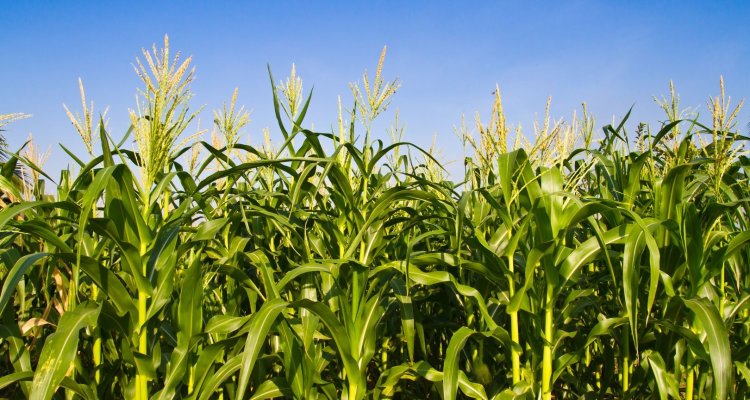
Project
Improving crop light-use efficiency
This projects focusses on exploiting differences in the energy budget among subtypes of C4 plants to boost crop productivity.
Background
C4 crops of agricultural importance all belong to the NADP-ME subtype, and this subtype has been the template for C4introductions into C3crops to improve their productivity. However, the ATP cost for the C4 cycle in both NADP-ME and NAD-ME subtypes accounts for >40% of the total ATP requirement for CO2assimilation. These high ATP costs, and the associated need for intense cyclic electron transport (CET) and low intrinsic quantum efficiency of CO2-assimilation, are major constraints in realising strong improvements of canopy photosynthesis and crop productivity.
Based on mathematical modelling, we have recently proposed a C4 ideotype with low chloroplastic ATP requirements present as in the non-domesticated PEP-CK subtype. The ideotype is a mixed form of NAD(P)-ME and PEP-CK types, requires no CET, and its theoretical quantum efficiency is much higher than that of a crop C4type. Its cell-type-specific ATP and NADPH requirements can be fulfilled by local energy production.
The ideaotype is projected to have ca. 10% yield advantage over current C4crops, and >50% advantage over C3counterparts.The ideotype provides a unique (theoretical) case of improved quantum efficiency, thereby paving a new avenue for improving photosynthesis in both C3and C4crops.
Aim of the project
This thesis work aims to first identify whether there are C4species in nature,super CO2-assimilators, that are identical or close to the designed C4ideotype. We then apply a set of experimental approaches, which will be combined with model analysis. This combined approach can identify the key physiological requirements for the C4ideotype. The ideotype key-requirements and any super CO2-assimilators can be exploited for improvement of the photosynthetic performance and boost productivity of crops.
Methods
Based on our recent viewpoint in this area, you will screen C4 species of different subtypes and then conduct a set of simultaneous photosynthesis measurements (gas exchange and chlorophyll fluorescence) under O2 and light conditions on leaves of these plants. The collected data will be combined with biochemical C4 leaf-photosynthesis models for quantifying critical model parameters and sub-processes. This information will be used to identify if there are species identical or close to the theoretical ideotype.
Expectations
In the end, you will be able to use the models as a research tool for identifying options with which leaf photosynthetic light-use efficiency can be improved. The obtained quantitative understanding of differences in photosynthesis among C4subtypes may have strong implications for improving production of both C3and C4crops.